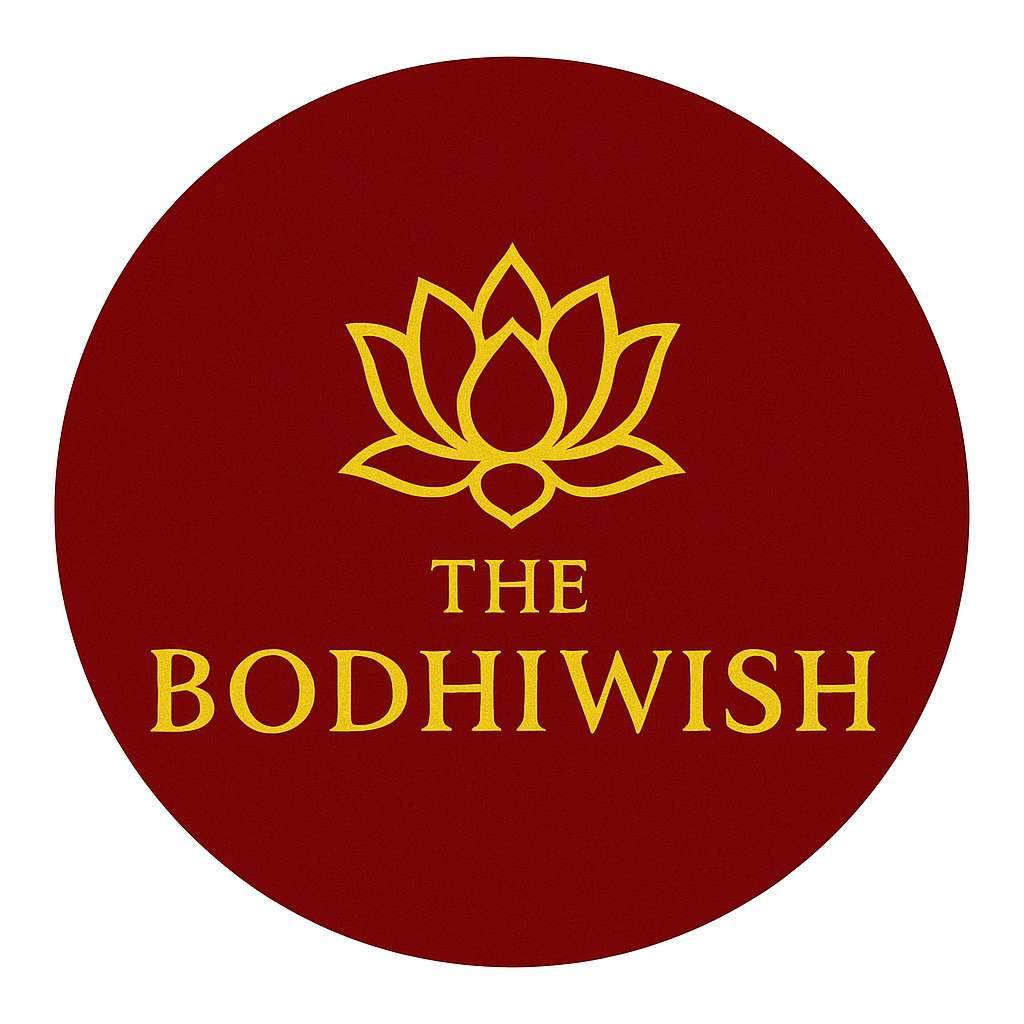The Buddhist Statues in San Francisco's Hua Zang Si Are The Most
Dignified-Looking in The Worldtaersi, Tsurphu Monastery, And Other
Buddhist Ganizations Sent Congratulatory Messages to Hua Zang Si
Hua Zang Si, a Buddhist temple situated in the downtown district of San Francisco, specially selected the holy birthday of Amitabha Buddha to perform a grand ceremony marking the opening of the temple. Since the temple furthers the great vows of the Buddhas, it received the empowerment of the Buddhas. Buddhists from countries all over the world congregated in San Francisco to participate in the large grand opening ceremony. That Dharma Assembly was solemn and wonderful.


A representative from World Buddhism Association, eminent Dharma Teacher Jue Hui, said in her speech that the opening of Hua Zang Si is good news for the western world. She said that the temple would increase good fortune and merit throughout the world. The famous Taersi in China, which is the temple of Master Tsongkhapa; the famous Tsurphu Monastery in China, which is the temple of the Karmapa Great Jewel Dharma Kings; the Tibetan Buddhism Association of America, and other Buddhist organizations around the world sent congratulatory messages to Hua Zang Si.
Eminent Dharma Teacher Jue Hui said in her speech that Hua Zang Si is totally based upon the dharma taught by Sakyamuni Buddha. She said, “Hua Zang Si strictly abides by the Tripitaka and the esoteric scriptures in its practice and teaching of the dharma. Hua Zang Si does not adopt the viewpoint of any particular sect to the exclusion of other sects and does not distinguish between the various schools.” She stated that the statue of Amitabha Buddha in Hua Zang Si is generally recognized as one of the most dignified-looking Buddhist statues in the world. She said that the three precious objects contained in Hua Zang Si are rare treasures in the world. “Thus,” she averred, “compared to other temples in the United States or the Western world, or compared to other temples in China or other Asian countries, Hua Zang Si is a very orthodox and authentic Buddhist temple. Hua Zang Si possesses the authentic, flawless, profound, and broad Buddha-dharma.”
Great Rinpoche Akou Namo from Tibet, who is the chief Rinpoche of Hua Zang Si, began the Dharma Assembly. Great Rinpoche Akou Namo is one of the five great female Rinpoches of Tibet. In accordance with Tibetan esoteric dharma and speaking the Tibetan language, she performed various rituals. She held her hands in mudras, rang bells, beat a drum, blew into a conch shell, worshipped and praised Sakyamuni Buddha and Amitabha Buddha, and made offerings of a great mandala within dharma realms.
Great Dharma Master Long Hui, who is the abbess of Hua Zang Si in charge of dharma matters, practiced the dharma of making Mandala offerings and led the participants in chanting the Amitabha Sutra in accordance with exoteric Buddhist ritual.
Great Rinpoche Heng Sheng, who is one of the great Rinpoches of Tibetan esoteric Buddhism, practiced the Incense Offering Dharma. Zhaxi Zhuoma Rinpoche, a Caucasian (she is a teaching assistant at Hua Zang Si), used English to practice the Green Tara Perfection Dharma.
The entire Dharma Assembly will last three months, since that is how long it will take to perform completely all of the rituals. Rinpoches and Dharma Teachers have been and will be using Chinese, Tibetan, and English to perform the dharma rites and rituals.
Besides the rituals mentioned above, there are the following rites and rituals: chanting the Pure Land of Ultimate Bliss Sutra, guru offerings, Guhyasamaja Vajra mandala, YamantakaVajra mandala, Kalachakra Vajra mandala (these three mandala practices are very serious and elaborate practices), practicing of the Long Life Dharma, practicing of the Medicine Buddha offerings, chanting the Great Master Sutra 1,000 times, kindling 1,000 lamps, offering the eight treasures 1,000 times, performing incense rituals 1,000 times, offering high purity nectar water 2,000 times, practicing the Fire Offering Dharma, making 100 offerings to Manjushri Bodhisattva, Guan Yin Bodhisattva, and Vajrapani Bodhisattva, making offerings to Six Arm Mahakala, Huadan Lamu (family deity Sri-maha-devi), and Vaisravana (deity of wealth), etc. Part of the dharma practice consists of making offerings for those who have donated to the temple and dedicating the merit of such offerings to the donors for their empowerment. Part of the dharma practice also consists of praying that the health, happiness, good fortune, and wisdom of living beings increase, that the country and its people live in peace, and that the world be peaceful and prosperous.
Volunteers who were decorating the site of the Dharma Assembly discovered something. There is a “Yun Sculpture Mt. Sumeru Mandala.” In that Yun sculpture of Mt. Sumeru are sariras (sacred relics) of Sakyamuni Buddha for worshipping. Those volunteers spread white rice near the base of that mandala. They spent a great deal of time before they were able to spread the white rice very evenly. When they were about to spread rice of various colors on top of the white rice, the evenly spread white rice surprisingly manifested on its own a pattern resembling both a dharma object and a seed syllable. Everyone was amazed at such an unbelievable occurrence. Additionally, some Dharma Teachers and laypersons who were living at Hua Zang Si while they were planning the Dharma Assembly saw a roc (an enormous legendary bird) with golden wings. It was leading young birds as it circled right over Hua Zang Si three or four times. This is an extremely auspicious omen. Everyone agreed that the various auspicious signs that were seen prior to the temple’s grand opening ceremony show that Hua Zang Si will indeed fulfill the meaning of the couplet near its entrance. The meaning of that couplet is that Buddhist disciples at Hua Zang Si will follow the correct dharma of the Tripitaka (the sutras or discourses, the monastic discipline, and the commentaries or treatises) to cultivate themselves and will quickly attain liberation from the cycle of reincarnation.







